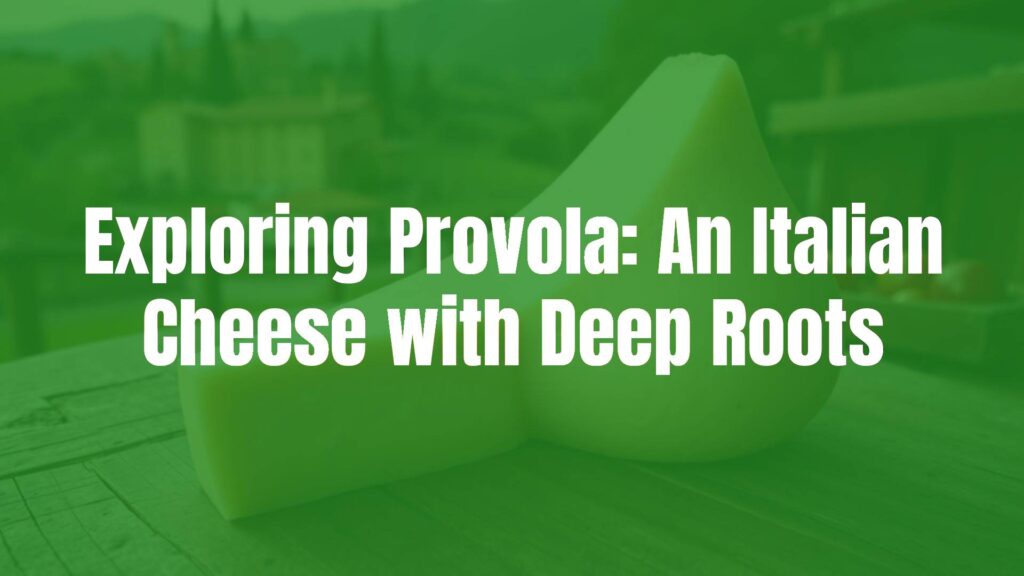Introduction to Provola
Provola is a versatile semi-hard Italian cheese, renowned for its subtle flavors and distinctively smooth texture. Featuring in traditional Southern Italian cuisine, Provola’s character lies in its delicate smokiness and a balance that lends itself both to table enjoyment and to cooked dishes. Not to be confused with the more famed Provolone, Provola stands out for its unique production techniques and regional ties, offering a delicious insight into Italy’s rich cheesemaking heritage.
Defining Features and Varieties
Characteristically, Provola comes in small, pear or oval-shaped forms, with a thin, glossy rind that can be left naturally pale or smoked to a deeper amber hue. Its interior is compact and elastic, offering a fresh, milky flavor when young, and gaining complexity and a slight tang as it matures. The most common types are the unsmoked Provola Bianca and the smokier Provola Affumicata, each prized for their differing textures and aromas.
A Brief Historical Perspective
The origins of Provola date back centuries, deeply entwined with rural dairy traditions in regions like Campania, Calabria, and Sicily. Derived from the same family of spun-curd (pasta filata) cheeses as mozzarella, Provola’s evolution was driven by the need to preserve dairy products in the pre-refrigeration era, prompting innovations such as smoking and air-curing. Local methods, passed through generations, created a cheese that embodies regional identity and adaptation.
Production Approach
Provola is made by heating cow’s (and sometimes buffalo’s) milk, then adding rennet to form curds. These are stretched and kneaded by hand until they achieve the characteristic elasticity of pasta filata cheeses. The cheese is shaped, briefly brined, and, for the smoked variant, exposed to wood smoke that intensifies flavors and prolongs shelf life. Each region imparts subtle differences—Sicilian Provola might be slightly sharper, while Campanian versions often boast pronounced sweetness.
Cultural Role and Traditional Enjoyment
Provola holds a cherished place at local feasts, family gatherings, and farmers’ markets. Its approachable taste makes it a favorite at Italian cheese boards, sliced and served with rustic bread, olives, and cured meats. In many southern regions, Provola is a staple ingredient in comfort classics such as baked pasta, casseroles, or even simply melted atop bruschetta, where its stretch and meltability shine.
Popular Pairings and Serving Suggestions
Enjoying Provola is all about embracing its subtlety. The fresh, milky notes of unsmoked Provola pair beautifully with ripe tomatoes and leafy salads, while the smokier varieties complement grilled vegetables and robust red wines. For a true taste of Italian tradition, try Provola lightly grilled or pan-fried (provola alla piastra), which brings out its creamy core and intensifies its mellow flavor. When included on an antipasto platter, it contrasts delightfully with spicy salumi or tangy pickled vegetables.
Conclusion
Whether savored in its simple form or as part of inventive cuisine, Provola’s gentle personality and artisanal roots make it a remarkable ambassador for Italy’s cheese culture. From farmstead tables in the South to contemporary kitchens worldwide, Provola continues to bridge tradition and taste, enchanting cheese lovers with every bite.

